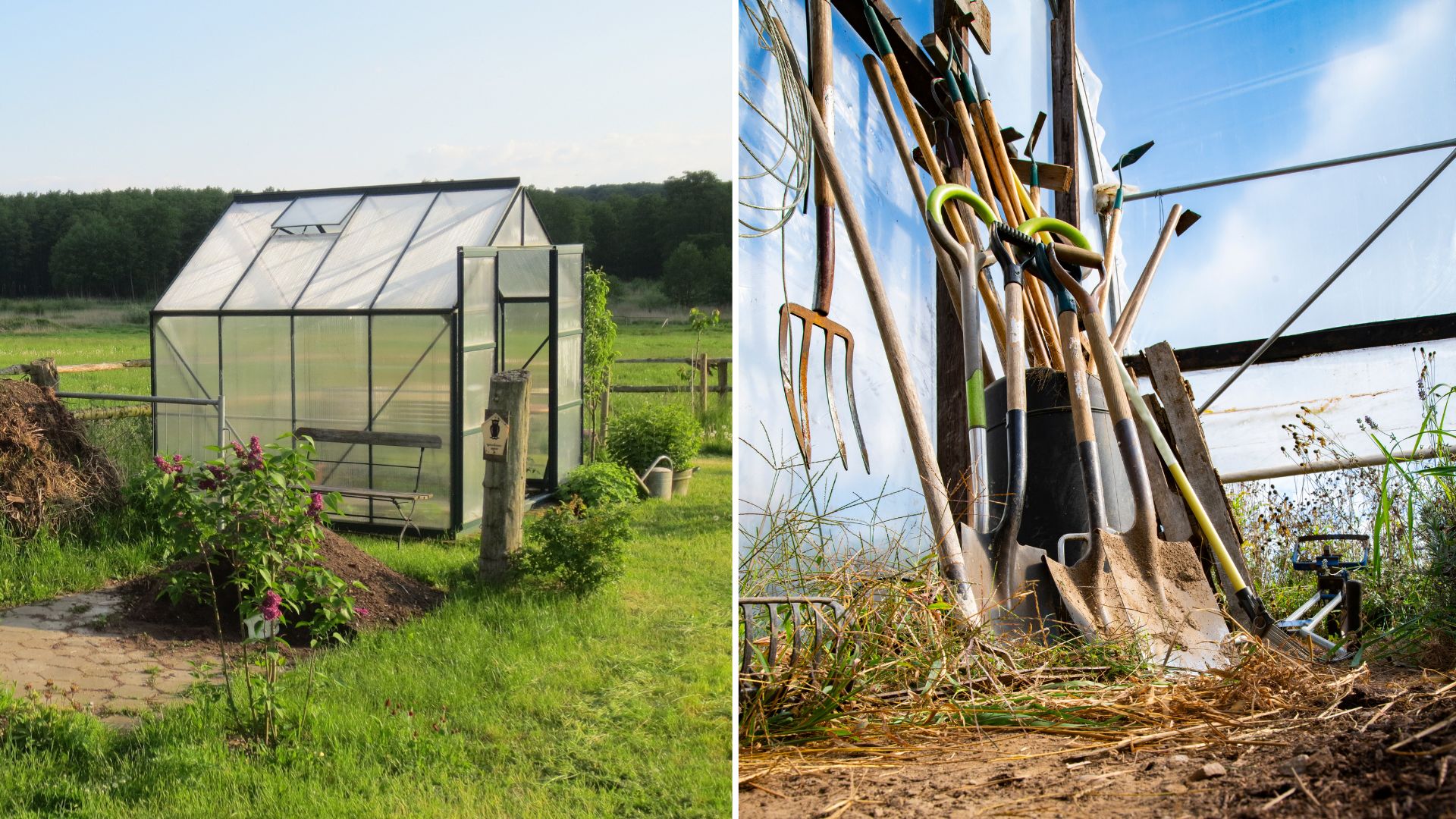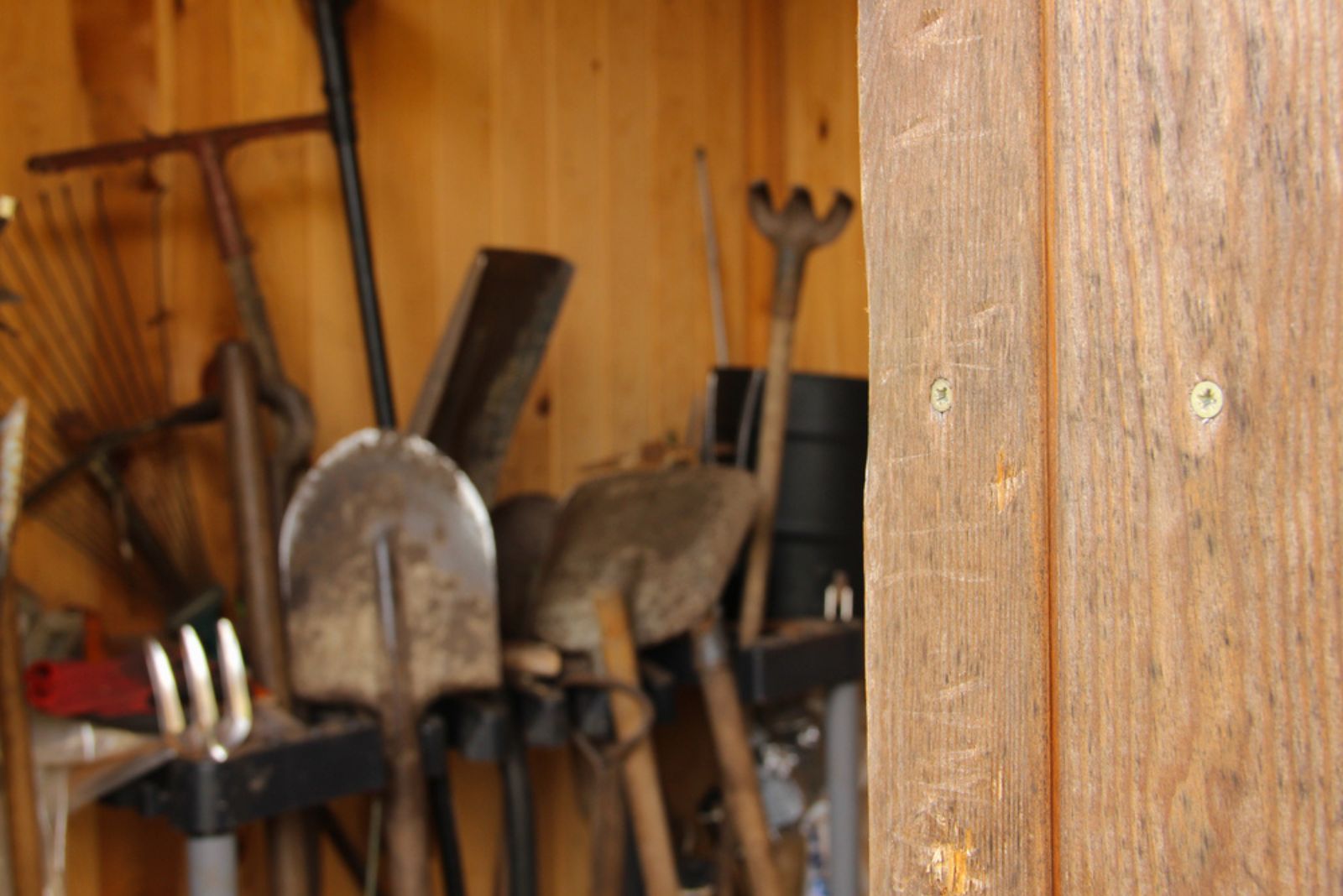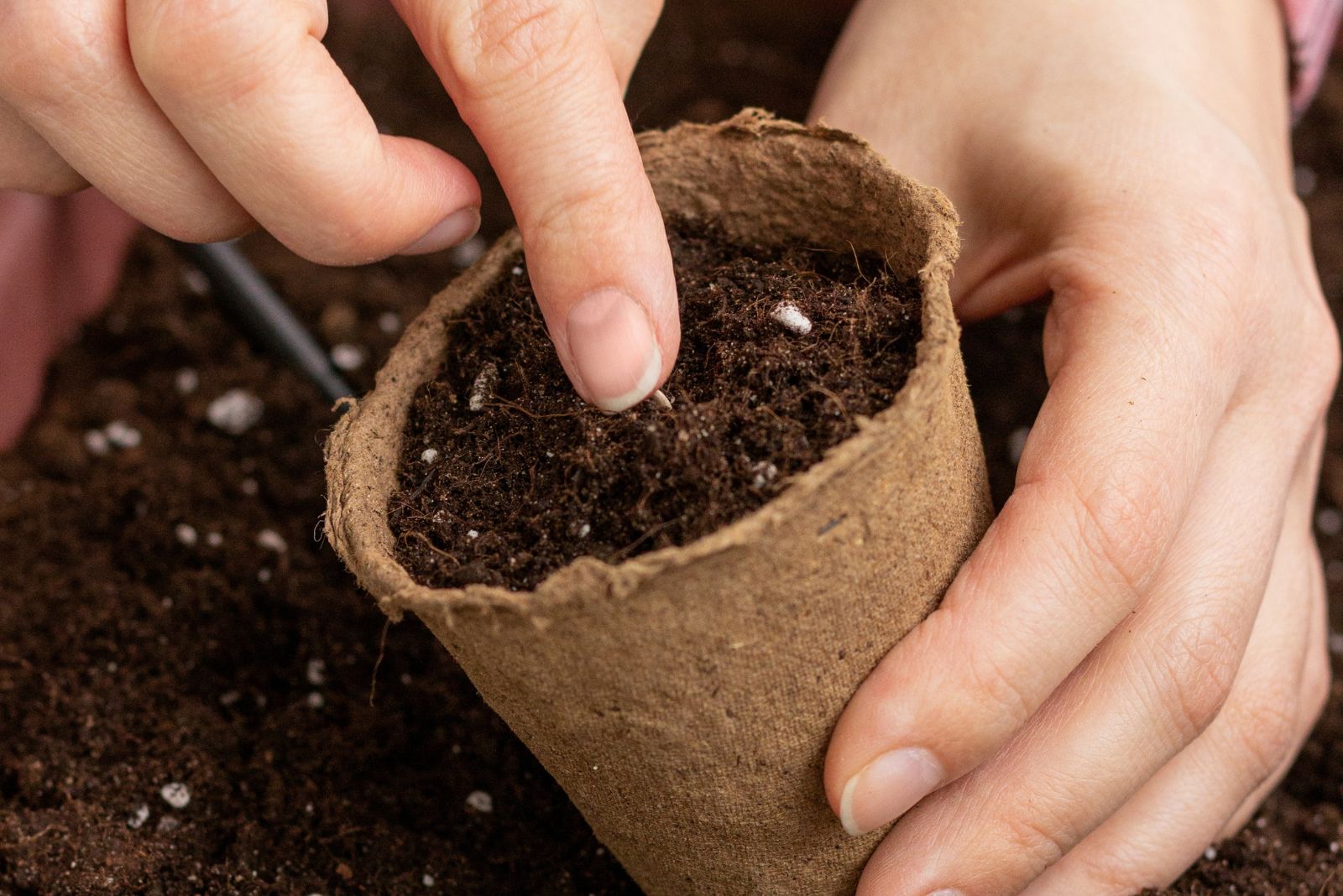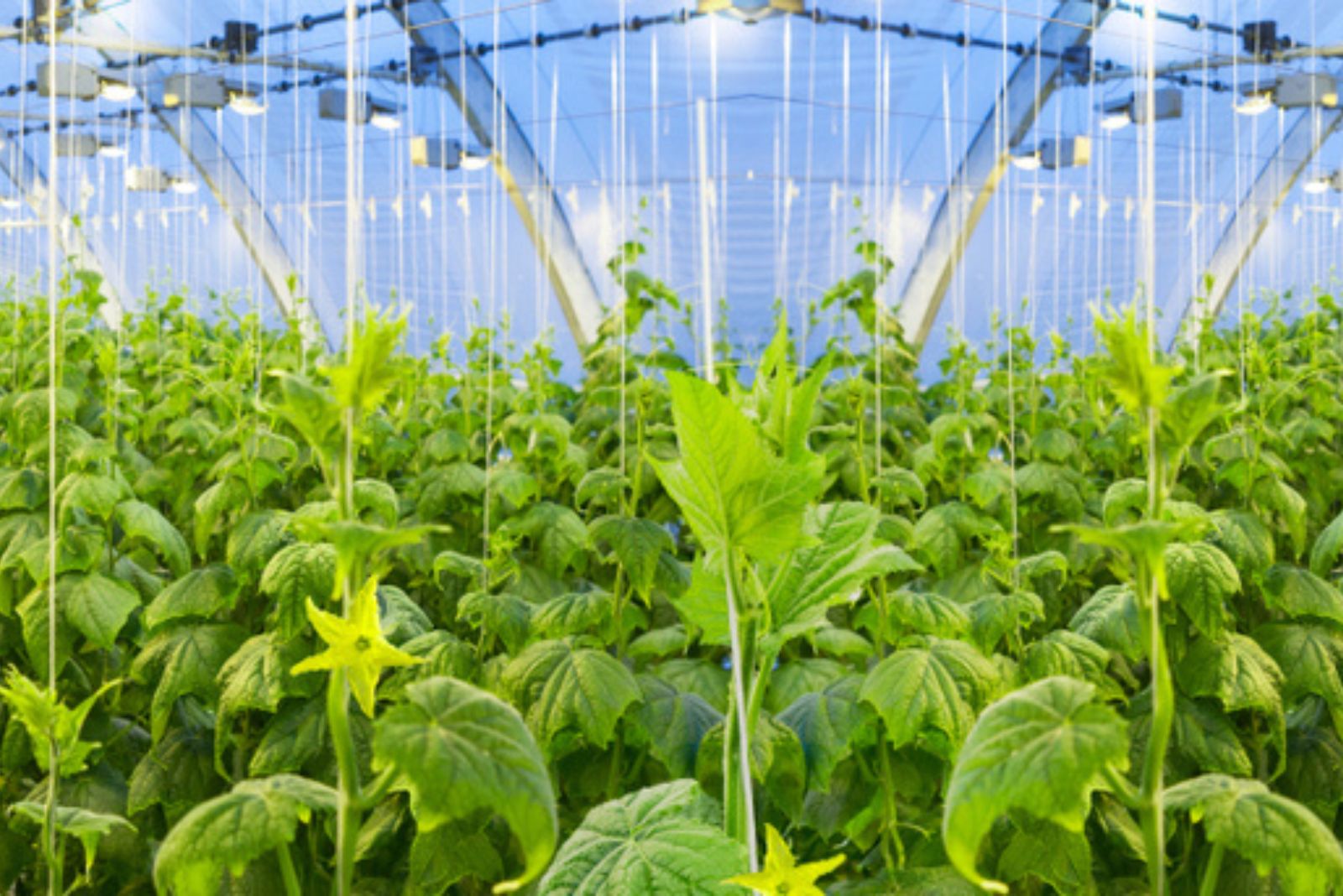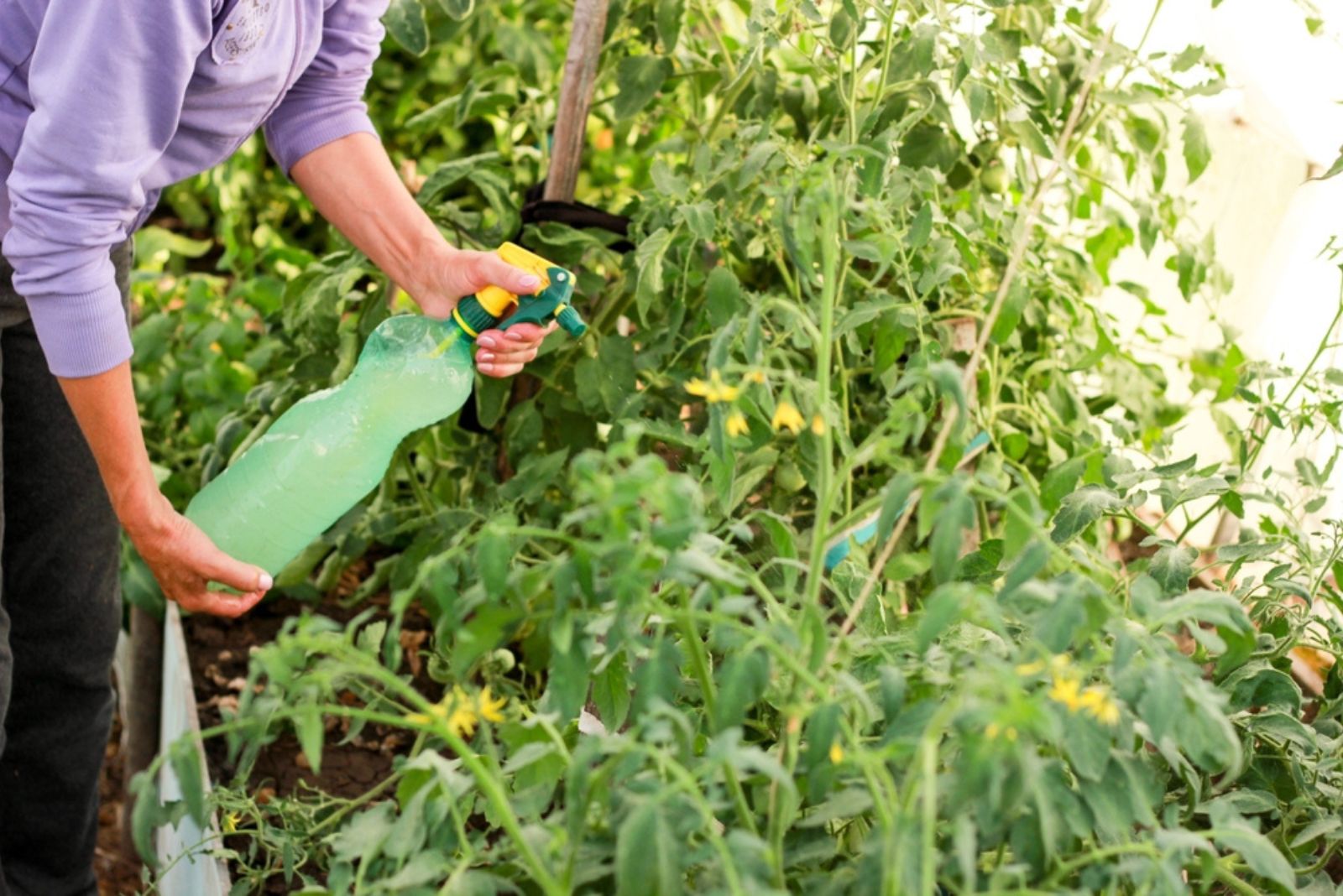Starting a greenhouse seems like a natural progression from an outdoor garden, especially if you want to eat something delicious during winter.
However, this process can be overwhelming, especially if you’re new to gardening as a whole.
Here are some tips that might help you start your greenhouse and get a bountiful yield from your crops, from the tools you need and best plants to grow to maintaining proper temperature and humidity.
Let’s get started!
1. Tools You Will Need
The first thing I’d like to discuss are the tools and accessories you’ll need when starting a greenhouse.
The good news is that you don’t have to go beyond your budget in order to set everything up for success. You don’t need misting systems (unless you really want them) which cost tons of money.
Start with something small and build from there.
Here are some basics that every greenhouse needs:
• Nursery pots, trays, and larger containers.
• Shelves. They can save a lot of space, help you keep everything neat and tidy, and are particularly handy in small greenhouses.
• Fans. These are an essential part of any greenhouse, especially the plastic ones. They will reduce humidity, reduce the risk of fungal diseases and pest infestations, and keep your plants healthy. You can also get large fans that will keep your greenhouse cool during summer.
• Grow lamps. Artificial lights are crucial for proper plant growth because they ensure your plants get enough light during winter, prolonging your growing season.
• Thermometer. If you don’t have heaters in your greenhouse (or at least those that come with thermometers) and only use heat mats (if that), you might want to invest in a thermometer to monitor everything that goes on in your greenhouse.
This will allow you to keep your plants at proper temperatures and maximize your yield.
2. Easy Plants For Greenhouse Novices
The good news is that you can grow virtually anything in your greenhouse, but there are plants that thrive better than others.
Some easy plants to grow in greenhouses include leafy greens, root vegetables (onions, radishes, potatoes, carrots), peas, strawberries, garlic, mushrooms, etc.
Of course, if you like cucumbers, peppers, asparagus, zucchini, and eggplants, you can grow those, too.
In fact, these are vegetables that are perfect for the greenhouse, although some of them might be a bit more demanding, whether they need more water, pruning, or trellises.
3. Starting Seeds
A greenhouse is the perfect environment for starting seeds because you can control the temperature and humidity in a way you simply can’t when sowing the seeds directly outdoors.
This will give you a head start in your growing season or the ability to grow the veggies you like all year long.
When starting seeds, you might first need to soak them in water, chill them, peel them, etc. – depending on which plant requires what.
Once you do this (you’ll see all the important info on preparing seeds for planting on the seed packet), you can sow the seeds in a nursery tray and lightly cover them with soil.
Here are some basics that you might want to master before sowing:
• Make a list of everything you wish to plant and go from there. Don’t make it too extensive when starting. You can improve it later on, when you get more experience.
• Invest in nursery trays, pots, and larger containers with drainage holes. This will allow you to transplant plants as they grow and keep them in your greenhouse for longer or even all year round.
• Get a high quality seed-starting mix and potting medium and sterilize it. This will prevent any soil-borne diseases or pests from infecting or infesting your young plants.
• If you’re making your own soil, add some worm castings or organic plant food. If not, don’t add anything, or at least check the information on the back of the soil bag. Most commercial soils usually come with added fertilizers.
• Adjust the watering frequency to each plant individually for the best results.
• Make sure that your climate is suitable for growing these plants since that will make your greenhouse experience easier. You won’t have to worry about temperature and humidity adjustments too much.
• Place your greenhouse in a location where it can get plenty of sunlight or use grow lamps to supplement it.
• Make sure to introduce some pollinators to your crops or hand-pollinate them yourself, or you won’t get fruit.
4. Controlling Temperature And Humidity
Just by building a greenhouse, you’ll have warmer temperatures indoors than outdoors, but sometimes that’s not enough.
You have to identify everything that’s going on in there, especially if you want to extend your growing season through the winter months or help your plants survive the scorching summer heat.
That’s why you should invest in a greenhouse heater to maintain optimal temperature during day and nighttime hours. These will keep your plants alive once the temperatures drop and extend your growing season.
Heaters are also excellent for propagating cuttings or starting seeds during colder weather or you can simply use heat mats to save on your energy bill.
Once summer comes, you should consider getting an evaporative cooler, especially if you live in hot and dry climates, such as California, Arizona, etc.
This device will control temperature and prevent your plants from overheating, while returning the moisture they lose back into the air, increasing humidity.
Greenhouses are designed to trap heat in, so if you don’t regulate it, it could be detrimental to your plants.
Controlling Humidity
High humidity levels are the most common problem in greenhouses. That’s because it is usually a closed system, and the moisture that the plants transpire, that evaporates from the soil, and simply sticks on plants during watering cannot escape.
This can lead to condensation on plant leaves, leading to increased risk of fungal diseases, such as mold, leaf spots, etc.
• In order to prevent this, you have to have a proper air circulation system and heating that will dry the air out a bit.
• You should also space your plants at a greater distance to allow for more airflow and have floors that drain well and don’t retain moisture that can evaporate.
• Irrigate your plants early in the morning so that they can dry out before nighttime.
• Opt for glass greenhouses with steep roofs if possible since they will allow air moisture to escape. You can also use wetting agents in plastic greenhouses because they will prevent condensation forming on plants’ foliage.
5. Light Exposure
One thing a greenhouse cannot help you with is light exposure, or more precisely, the length of the day.
This isn’t an issue during summer when plants can get all the light they need, but it does become a problem during winter.
In that case, you can use artificial lamps for plants that will generate enough light to trick your plants into thinking that the day length hasn’t changed.
They work for propagation, germination, and growing actual plants, but they will increase your energy bill. Therefore, go for energy-saving bulbs and use them only to supplement natural sunlight.
And remember, all veggies need about 6-8 hours of direct light per day, so you should ensure they get that or else you won’t end up with enough fruits on your plate.
6. Watering
The good news is that you won’t have to water each plant individually, unless you really want to or you only have a small greenhouse to begin with. There are numerous greenhouse irrigation systems you can try, although I prefer drip watering setups.
That’s because they don’t waste water or overwater your plants, meaning there will be less moisture to evaporate, increase humidity, and cause issues for your plants.
Although, you might need more than one drip irrigation system, depending on how many different plants you have. Not all vegetables require the same amount of water, so make sure to connect only those with similar watering requirements.
Also, program your setup to irrigate your plants in the morning so that they have enough time to drink the water they need and dry out a bit before night comes. This will reduce the risk of fungal diseases by and large.
P.S. If you prefer hand watering, make sure to always water your plants at the base and don’t wet their foliage. It is a waste of water and will increase overall humidity levels.
7. Pest Control
Humid greenhouses are a breeding ground for various pests. Some of the most common pests that appear in greenhouses include aphids, thrips, and bloodworms.
The best way to prevent them from ever infesting your crops is to reduce the humidity level, but if colonization still occurs, there are some things you can do.
Monitor your plants and deal with the infestation as soon as you notice it.
If it’s still small, you can hand pick the pests or spray them with a strong flush of water to remove them. For larger infestations, try horticultural oils or pesticides if you’re not opposed to them.
You can also introduce predatory insects such as ladybugs or predatory wasps to get rid of these pests for you.
Or you can try companion planting herbs that will repel pests.
I hope these tips will help you get your greenhouse up and running in no time. There isn’t much difference between it and outdoor gardening, other than maintaining proper humidity and finding easy ways to keep your plants healthy.

